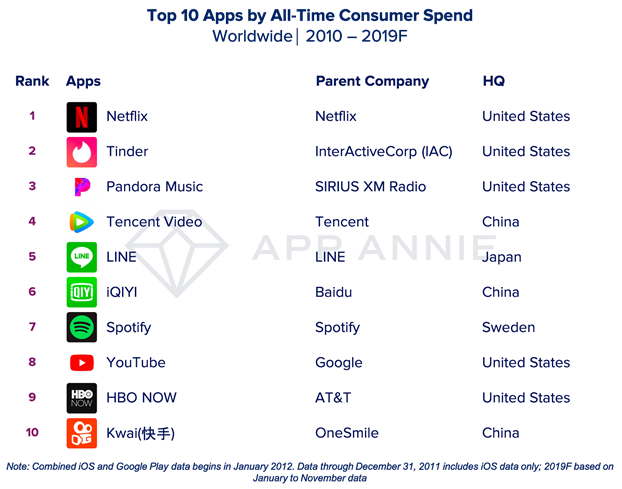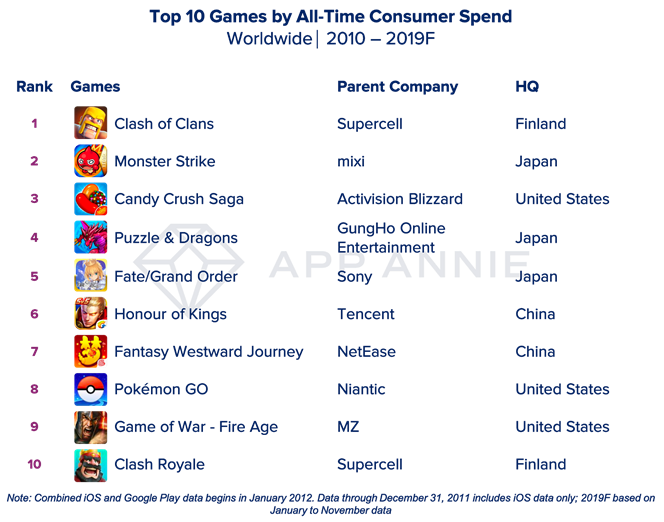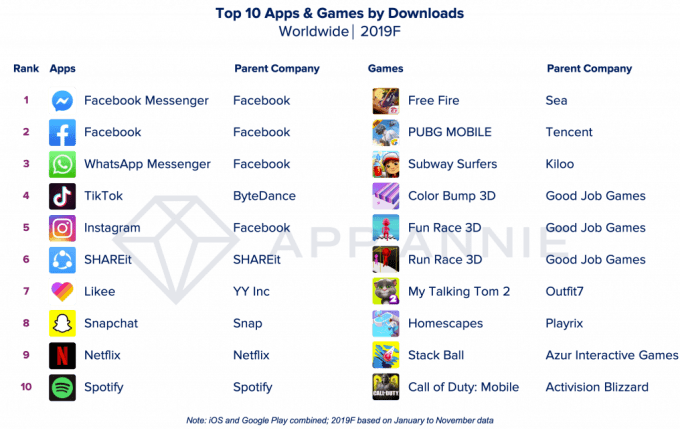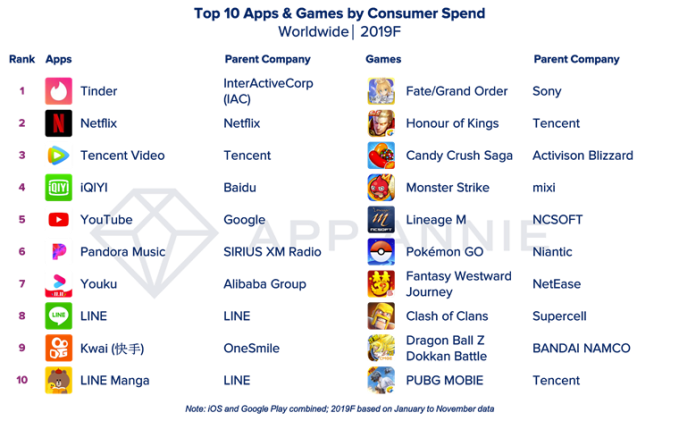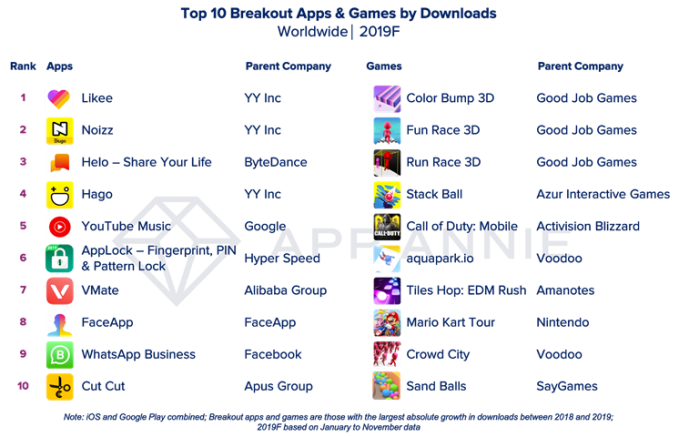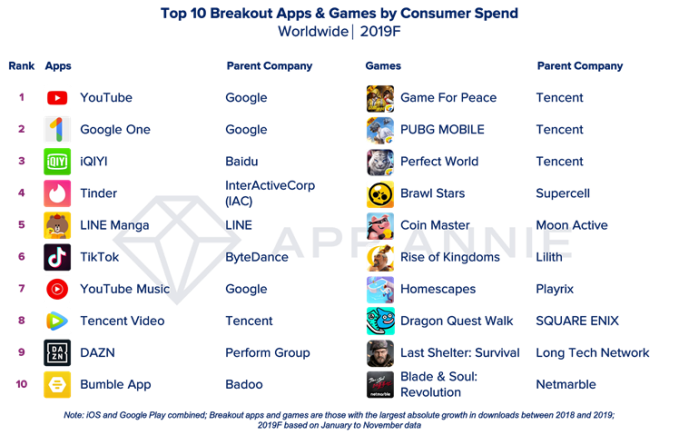The UK’s competition regulator has raised concerns about the market power of digital ad platform giants Google and Facebook in an interim report published today, opening up a consultation on a range of potential inventions — from breaking up platform giants, to limiting their ability to set self-serving defaults, and enforcing data sharing and/or feature interoperability to help rivals compete.
Breaking up Google by forcing it to separate its ad server arm from the rest of the business is one of a number of possible interventions it’s eyeing, along with enforcing choice screens for search engines and browsers that use non-monetary criteria to allocate slots — vs Google’s plan for a pay-to-play offering for EU Android users (which rivals argue does not offer relief for the antitrust abuse the European Commission sanctioned last year).
The UK regulator is also considering whether to require Facebook to interoperate specific features of its current network so they can be accessed by competitors — as a fix for what it describes as “strong network effects” which work against “new entrant and challenger social media platforms”.
The Competition and Markets Authority (CMA) launched the market study in July — a couple of weeks after the UK’s data watchdog published its own damning report setting out major privacy and other concerns around programmatic advertising.
It is due to issue a final report next summer — which will set out conclusions and recommendations for interventions — and is now consulting on suggestions in its interim report, inviting contributions before February 12.
Since beginning the study the CMA says it has received several requests to open a full-blown market investigation, which means it has a statutory duty to consult on making such a reference.
Based on initial findings from the study it says there are “reasonable grounds” for suspecting serious impediments to competition in the online platforms and digital advertising market.
The report specifically flags three areas where it suspects harm — namely:
- the open display advertising market — with a focus on “the conflicts of interest Google faces at several parts of its vertically integrated chain of intermediaries”;
- general search and search advertising — with a focus on “Google’s market power and the barriers to expansion faced by rival search engines”;
- social media and display advertising — with a focus on “Facebook’s market power and the lack of interoperability between Facebook and rival services”;
Other concerns raised in the report include problems flowing from a lack of transparency in the digital advertising market; and the difficulty or lack of choice for consumers to opt out of behavioral advertising.
However the regulator is not making a market investigation reference at this stage — a step which would open access to the order making powers which could be used to enforce the sorts of interventions discussed in the report. Instead, the CMA says it is favors making recommendations to government to feed into a planned “comprehensive regulatory framework” to govern the behaviour of online platforms.
Earlier this year the UK government set out a wide-ranging proposal to regulate a range of online harms. Although it remains to be seen how much of that program prime minister Boris Johnson’s newly elected Conservative government will now push ahead with.
“Although it is a finely balanced judgement, we remain of the view that a comprehensive suite of recommendations to government is currently the best way forward and are therefore consulting on not making a market investigation reference at this stage,” the CMA writes, saying it feels it has further investigation work to do and also does not wish to “cut across” the government’s plans around regulating platforms.
“The concerns we have identified regarding online platforms such as Google and Facebook are a truly global antitrust challenge facing governments and regulators. Therefore, in relation to some of the potential interventions we may consider in a market investigation, and in particular any significant structural remedies such as those involving ownership separation, we need to be pragmatic about what changes could efficiently be pursued unilaterally by the UK,” it adds, saying it will “continue to work as closely as we can with our international counterparts to develop a coordinated position on these issues in the second half of the study”.
Antitrust regulators in a number of countries have been turning their attention on platform giants in recent years — including Australia and the US.
The new European Commission has also talked tough on platform power, suggesting it will further dial up scrutiny of tech giants and seek to accelerate its own interventions where it finds competitive harms.
Responding to the CMA report in a statement, Ronan Harris, VP, Google UK and Ireland, told us:
The digital advertising industry helps British businesses of all sizes find customers in the UK and across the world, and supports the websites that people know and love with revenue and reach. We’ve built easy-to-use controls that enable people to manage their data in Google’s services — such as the ability to turn off personalised advertising and to automatically delete their search history. We’ll continue to work constructively with the CMA and the government on these important areas so that everyone can make the most of the web.
A Facebook spokesperson also sent us this statement:
We are fully committed to engaging in the consultation process around the CMA’s preliminary report, and continuing to deliver the benefits of technology and relevant advertising to the millions of people and small businesses in the UK who use our services.
We agree with the CMA that people should have control over their data and transparency around how it is used. In fact, for every ad we show, we give people the option to find out why they are seeing that ad and an option to turn off ads from that advertiser entirely. We also provide industry-leading tools to help people control their data, like “Off Facebook Activity”, and to transfer it to other services through our Data Transfer tools. We look forward to further engagement with the CMA on these topics.
from Android – TechCrunch https://ift.tt/2M8U9Y7
via IFTTT

